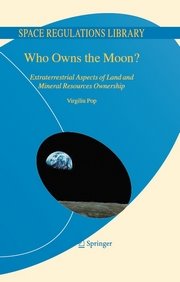When we came back from the mountain, we gathered for a short break by the Saint Catherine’s Monastery, still closed for visitors at that early hours of the morning, and we went to a local restaurant for a not so tasty breakfast. We then returned to the Monastery.
Saint Catherine’s Monastery lies at the foot of Mount Sinai and, according to the all-wise Wikipedia, is one of the oldest continuously functioning Christian monasteries in the world. Its patronal feast is the Transfiguration.
The monastery is Greek Orthodox and is a UNESCO World Heritage Site and, along with several dependencies in the area, it constitute the entire Orthodox Church of Mount Sinai - headed by an archbishop, who is also the abbot of the monastery. The monastery was built by order of Emperor Justinian I between 527 and 565, enclosing the Chapel of the Burning Bush ordered to be built by Helena, the mother of Constantine I, at the site where Moses saw the burning bush; the living bush on the grounds is purportedly the original (being, therefore, at least 5000 years old).
The site is sacred to Christianity and Islam. Catherine of Alexandria was a Christian martyr initially sentenced to death on the wheel. However, when this failed to kill her, she was beheaded. According to tradition, angels took her remains to Mount Sinai. Around the year 800, monks from the Sinai Monastery found her remains. According to the Charter of Privileges, a document purportedly signed by Muhammad himself, Muhammad gave his protection to the monastery. A Fatimid mosque was built within its walls, but has never been used since it is not correctly oriented towards Mecca.
During the seventh century, the isolated Christian anchorites of the Sinai were eliminated: only the fortified monastery remained. The site is still surrounded by the massive fortifications that have preserved it. Until the twentieth century, access was through a door high in the outer walls.
The monastery library preserves the second largest collection of early codices and manuscripts in the world, outnumbered only by the Vatican Library; this library cannot be visited by ordinary tourists and pilgrims, hence we had to limit ourselves to visiting the Church (completed in 551), Moses’ Well (where he first met his wife), the Burning Bush, and the Ossuary (containing the skulls of 1400 years' worth of monks who have lived and died here) – a stern reminder of our mortality.
As any monastery (Christian or Buddhist alike), Saint Cathrine is populated by a colony of cats.
I lit a couple of candles in the church and prayed by the burning bush; what I prayed for, stays between God and I.
We then headed for the bus, and I was back in my hotel room at 2:30 PM – as promised by the guide.
Certain Women
6 hours ago
.JPG)
.JPG)
.JPG)
.JPG)
.JPG)
.JPG)
.JPG)
.JPG)






0 comments:
Post a Comment